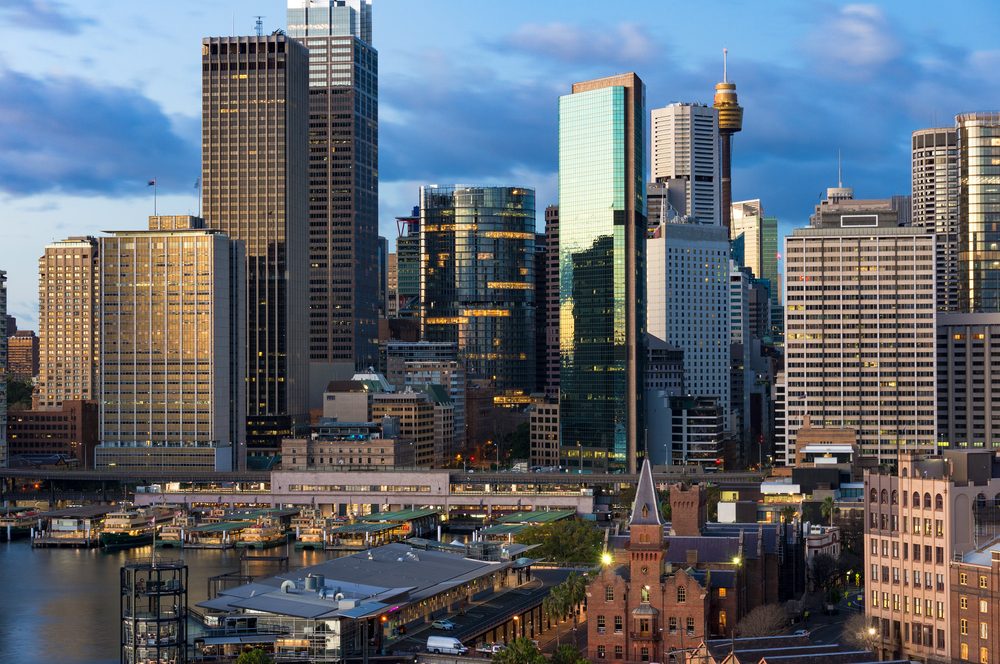Australia’s industrial and healthcare real estate segments sees influx in demand
There has also been an influx of foreign investors returning to the office market

Momentum Wealth’s 2022 Property Sentiment Report, revealed that three out of five or approximately 59 percent of local participants noted that they were seeking to invest in commercial property. Twelve percent said they have already invested in commercial properties.
The commercial real estate market has several segments, including office, retail, and industrial. Investors profit from having options because of this, according to Business News. Though it is feasible to directly own commercial real estate, many people are unable to do so due to a high outlay of capital.
Currently, there is an influx of foreign investors returning to the office market, particularly in premium buildings in Sydney and Melbourne CBDs, reported Australian Broker Online.
More: Office investments top Australia’s commercial real estate sector as foreign investors return
Furthermore, the industrial and healthcare sectors both have promising growth prospects. The latter is expanding rapidly as Australia prepares for an ageing population.
Australia will have the tightest logistics market in the world because of the rising demand for warehouse space due to the expansion of e-commerce and onshoring, which has driven national industrial vacancy rates to 0.8 percent, according to the Australian Financial Review.
The country currently has the lowest industrial vacancy rate in the world, with Sydney having the lowest vacancy rate of any city at 0.3 percent.
As of June 2022, the global average was 2.7 percent.
CBRE reported that due to a chronic undersupply of warehouse spaces in capital cities, super prime industrial rents rose 13 percent in the last year.
“We expect demand to continue to outpace supply this year and into 2023, and we are seeing rental growth above CBRE Research forecasts,” said Cameron Grier, regional director of CBRE Industrial and Logistics in the Pacific. “Only occupiers with the strongest [leasing] covenants are winning the right space.“
As for the office market, Commercial Real Estate noted that capital cities are seeing three emerging trends: tenants in CBDs are opting for greener buildings on the back of the 2030 carbon-neutral targe; flexible spaces; and contactless amenities.
The Property Report editors wrote this article. For more information, email: [email protected].
Recommended
Why everyone is moving to Selangor and Johor: Malaysia’s real estate comeback
Malaysia’s upturn in fortunes is especially prevalent in secondary destinations such as Selangor and Johor
Penang’s silicon boom: How the US-China tech war is supercharging local real estate
Penang’s booming semiconductor industry has created ripples within the local real estate sector
New leader, new opportunities: How Hun Manet is shaking up Cambodia’s real estate game
Hun Manet is overseeing decent economic growth and widening access to the country’s real estate market for foreigners
Singapore embraces inclusive housing reforms amid resilient demand
The Lion City’s regulatory strength continues to exert appeal for international investors








